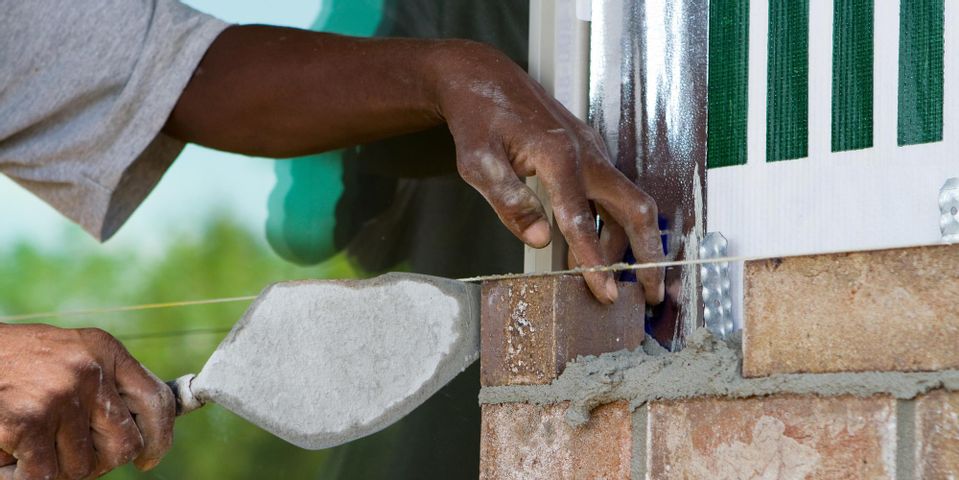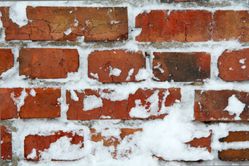
In areas that receive long-term cold weather during winter—including Southern Ohio and Northern Kentucky—the freeze-thaw cycle damages masonry work. One of the solutions to crumbling and damaged chimneys, retaining walls, and other masonry structures is a technique known as "tuckpointing." Below is an explanation of what tuckpointing is and how to determine if you need it done.
What Is Tuckpointing?
 The mortar of your masonry structures undergoes considerable wear and tear during winter. Mortar is slightly porous, so moisture can seep inside during warm days and freeze when the temperatures drop. When it freezes, moisture expands and causes the mortar to crack and crumble, weakening the joints and compromising both the aesthetic value and the structural integrity of the masonry. Tuckpointing is the process of removing damaged mortar and replacing it with fresh material. It takes considerable patience, skill, and experience.
The mortar of your masonry structures undergoes considerable wear and tear during winter. Mortar is slightly porous, so moisture can seep inside during warm days and freeze when the temperatures drop. When it freezes, moisture expands and causes the mortar to crack and crumble, weakening the joints and compromising both the aesthetic value and the structural integrity of the masonry. Tuckpointing is the process of removing damaged mortar and replacing it with fresh material. It takes considerable patience, skill, and experience.
How Do You Know When You Need Tuckpointing
If you live in a wintry climate and your masonry is more than a decade old, it likely needs some attention. To inspect your mortar joints properly, first power-wash the surface to remove dust, debris, and other visual obstructions. Then check the structure at different elevations. Look for holes, cracks, crumbling matter, and other signs of mortar damage. If you spot multiple problem areas, contact a masonry expert to inspect it and recommend repair tactics. Address any problems as soon as possible to prevent potential injuries and property damages from falling bricks or collapsing masonry.
For expert, affordable tuckpointing, contact Hicon Inc. in Cincinnati, OH. They've been serving the Tri-State area since 1977 and specialize in seamless masonry, retaining wall installation, and chimney repair. They are fully insured and maintain A+ ratings with both Angie's List® and the Better Business Bureau®. Visit their website to submit an information request, and call (513) 242-3612 to schedule a consultation.
About the Business
Have a question? Ask the experts!
Send your question

